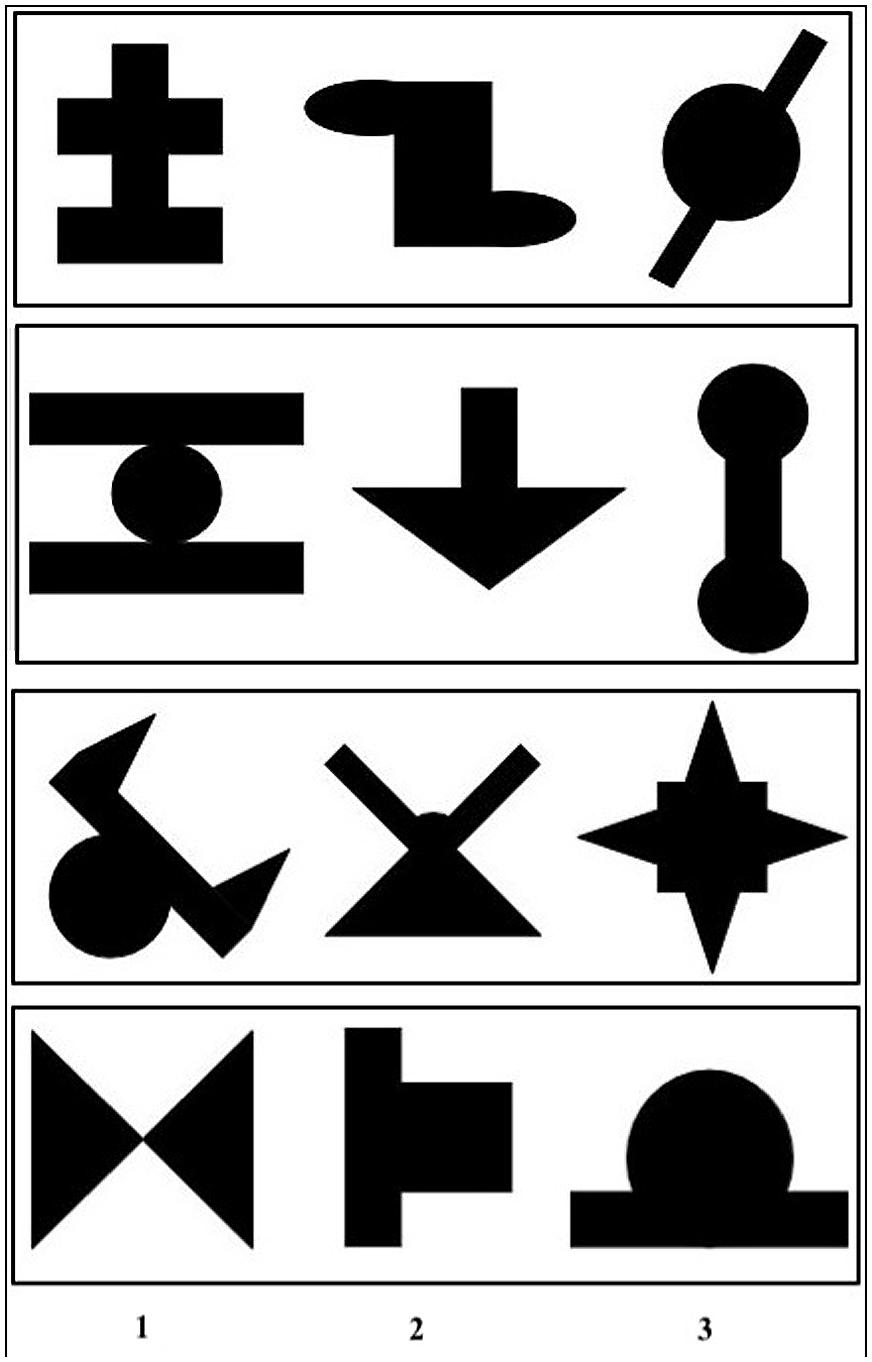
This reprinted article originally appeared in the Journal of Experimental Psychology,ġ935, Vol 18, 643–662. The most promising accounts are offered by models in which response selection is a function of (1) strength of association of the irrelevant stimulus information with the response and (2) temporal overlap of the resulting response activation with that produced by the relevant stimulus information. Factors that influence the processing of irrelevant location information include response modality, relative timing with respect to the relevant information, spatial coding, and allocation of attention. We then integrate the findings and explanations from the two domains to clarify how and why stimulus location influences performance even when it is uninformative to the correct response. We review empirical findings and theoretical explanations from two domains, those of the Simon effect and the spatial Stroop effect, in which stimulus location has been shown to affect reaction time when irrelevant to the task. The purpose of this paper is to investigate the effect of irrelevant location information on performance of visual choice-reaction tasks.
#Psyscope blocks how to
Information about how to obtain the program and its documentation is provided.
#Psyscope blocks free
PsyScope is available for noncommercial purposes free of charge and unsupported to the general research community. Its graphic environment, and discuss some of its technical features (such as its underlying scripting language, timing characteristics,Įtc.). We describe the overall organization of the program, provide an example of how a simple experiment can be constructed within
#Psyscope blocks windows
Graphically, and experiments are constructed by working with these elements in interactive windows and dialogs. The standard components of a psychology experiment-groups, blocks, trials, and factors-are all represented PsyScope relies on the interactive graphic environment provided by Macintosh computers toĪccomplish this goal. Goal of PsyScope is to give both psychology students and trained researchers a tool that allows them to design experiments PsyScope is an integrated environment for designing and running psychology experiments on Macintosh computers.

These results suggest that chronic alcohol abuse together with advancing age exert subtle disruption on parallel interhemispheric processing reliant on callosal connections.

This relationship was not found in alcoholics, although the midsagittal area of the CC, genu, and body but not intracranial volume (ICV), was significantly smaller in alcoholics than controls. Moreover, the CUD was negatively correlated with the corpus callosum (CC) total area and body in controls, supporting the concept of a structure-function relationship of interhemispheric transfer. The difference between crossed and uncrossed reaction times (CUD), an index of interhemispheric transfer time (ITT), was greater in older than younger subjects. In older alcoholics (>50 years) the RT gain invoked by redundant targets did not exceed probability measures, suggesting compromised interhemispheric processing of parallel information in this subgroup compared with controls or younger alcoholics. The paradigm was a simple reaction time (RT) task with targets presented in the same (uncrossed), opposite (crossed), or both (redundant) visual-fields. We tested parallel processing of visual information using the redundant targets effect (RTE) in 12 alcoholics and 13 matched controls.


 0 kommentar(er)
0 kommentar(er)
